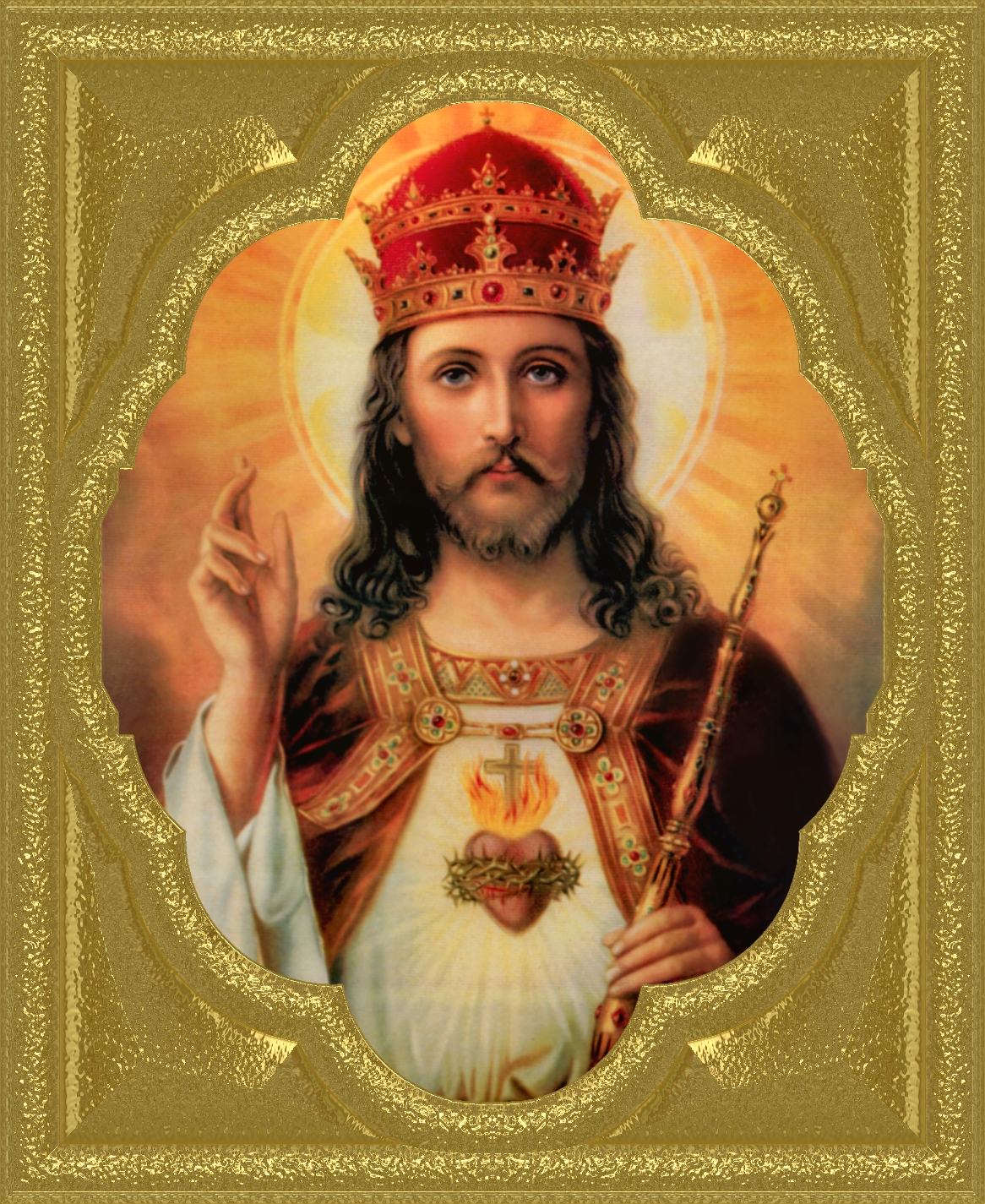In the traditional Roman calendar, the Feast of Christ the King is celebrated on the last Sunday of October, immediately before All Saints’ Day. This placement is not incidental but deeply theological. Pope Pius XI, in his 1925 encyclical Quas Primas, established this feast in response to growing secularism and the rejection of Christ’s authority in public life. He chose its date to crown the liturgical year with Christ’s glory and to prepare for the celebration of His victory in the saints.
Pius XI wrote:
“The last Sunday of October seemed the most convenient…because…before celebrating the triumph of all the Saints, we proclaim and extol the glory of him who triumphs in all the Saints and in all the Elect” (Quas Primas, 29).
This proximity reveals a profound spiritual logic. Christ reigns now – over individuals, families, and nations. The saints are the proof of His reign, the fruit of His Kingdom already present on earth. By celebrating Christ’s Kingship immediately before honoring the saints, the Church proclaims that sanctity is not a private ideal, but a political reality under the governance of the true King.
The 1969 calendar reform moved the feast to the final Sunday of the liturgical year, just before Advent. While this new placement underscores Christ’s eschatological kingship – His final return in glory – it risks downplaying His present sovereignty. As Dr. Peter Kwasniewski points out, Pius XI emphasized the current reign of Christ over all peoples and governments, a truth urgently needed in an age increasingly hostile to divine authority.
Indeed, Pius XI insisted:
“Nor is there any difference…between the individual and the family or the State; for all men…are under the dominion of Christ” (Quas Primas, 18).
The traditional calendar’s October placement stands as a liturgical catechesis: Christ is King now, and the saints are His citizens. Their holiness is not merely personal – it is political, social, and cultural, challenging the modern world to submit to Christ’s rule not just in hearts, but in laws, institutions, and nations.
Further Reading:

Leave a Reply